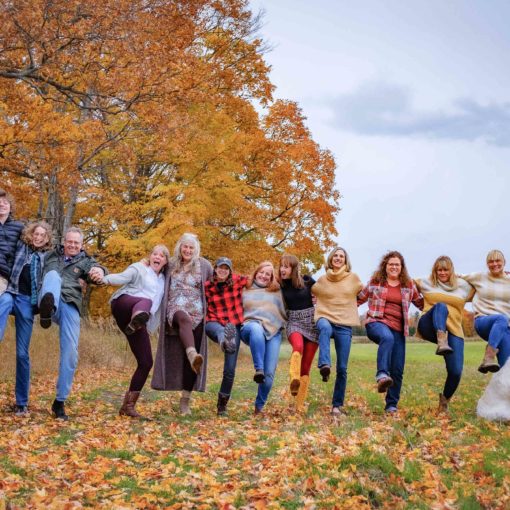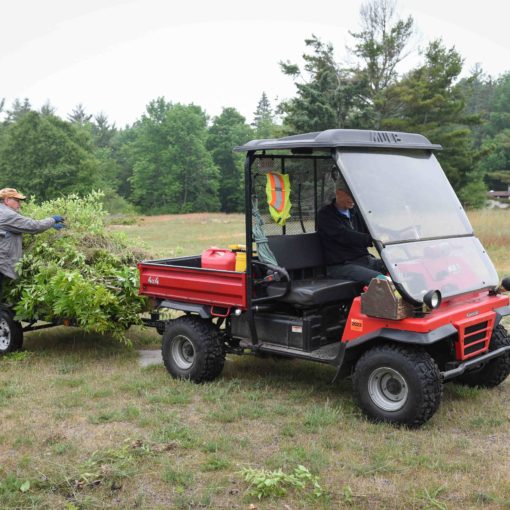By Gene Kenny, Office of the President
Newport Wilderness Society been discussing improvements to the Fern trail since 2018. This is our wheelchair accessible trail that routinely floods in the spring from snowfall until the ground thaws and then floods at other times with heavy rains. We have had conversations with the park manager, the DNR and their Engineer, and lumber companies. And then there was 2020: Covid, quarantines, volunteer restrictions from the DNR, and Zoom meetings. So where are we with this project?
First, let’s take a look at how we got here. The Fern Trail cuts through a “wetland” area. Everyone knew that. It’s been flooding for thousands of years. It’s a beautiful trail. If you hike north from lot 3, it weaves through a forest of sugar maples, balsam fir, eastern hemlock, northern white cedars and then you get to the ferns. Too many to mention, but there are so many species and they are incredibly beautiful throughout the summer. The trail is not too long and it is relatively flat. It is close to Lot 3 parking and that certainly benefits accessibility.
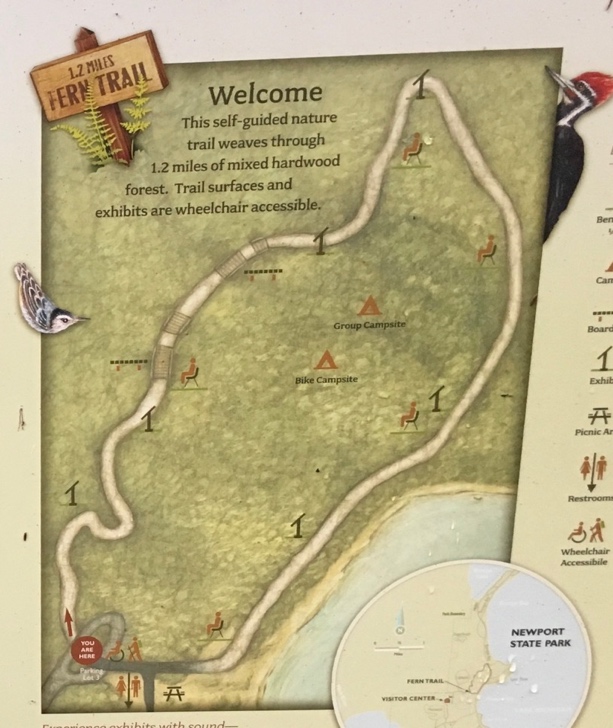
In the 1990s, the Newport Wilderness Society decided to improve the trail for those with limited mobility. They created a solution to cover the most routinely flooded areas with segmented boardwalks. Currently, 400 feet of boardwalk segments cover a total trail distance of approximately 600 feet. The boardwalks are 6 feet wide; this allows for ATV traffic in an emergency and a ski-trail groomer throughout the winter.
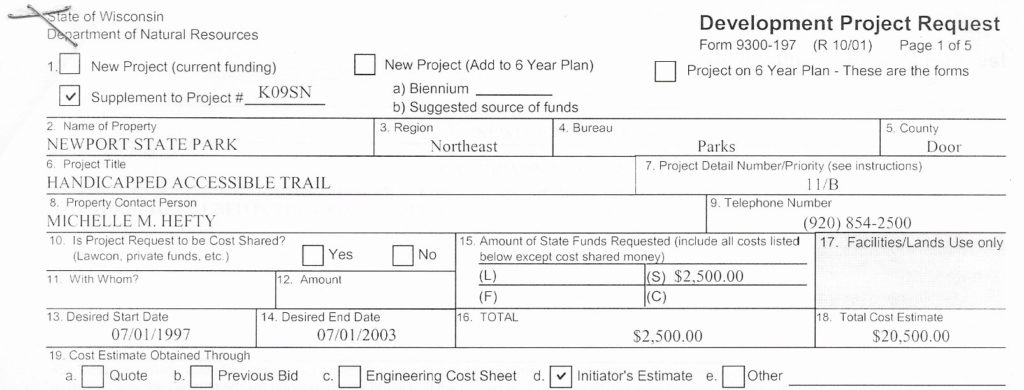
I recently reviewed the original plans submitted to the DNR and noticed that the NWS started the process in July 1997 and finished in July 2003. It took 6 years to complete from the planning, DNR approval, permits, quotes from lumber sources, and an excavation company to spread limestone screening. Jon Peterson coordinated this effort with NWS volunteers and a group of Eagle Scouts.
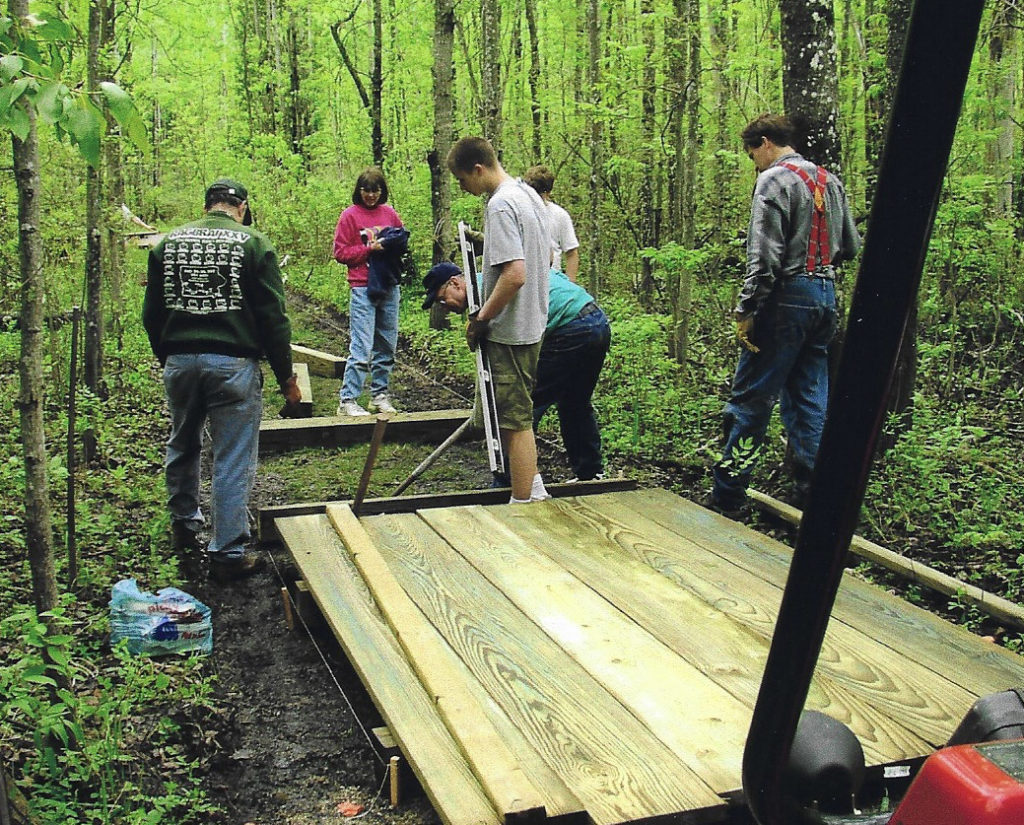

Images from the original construction project
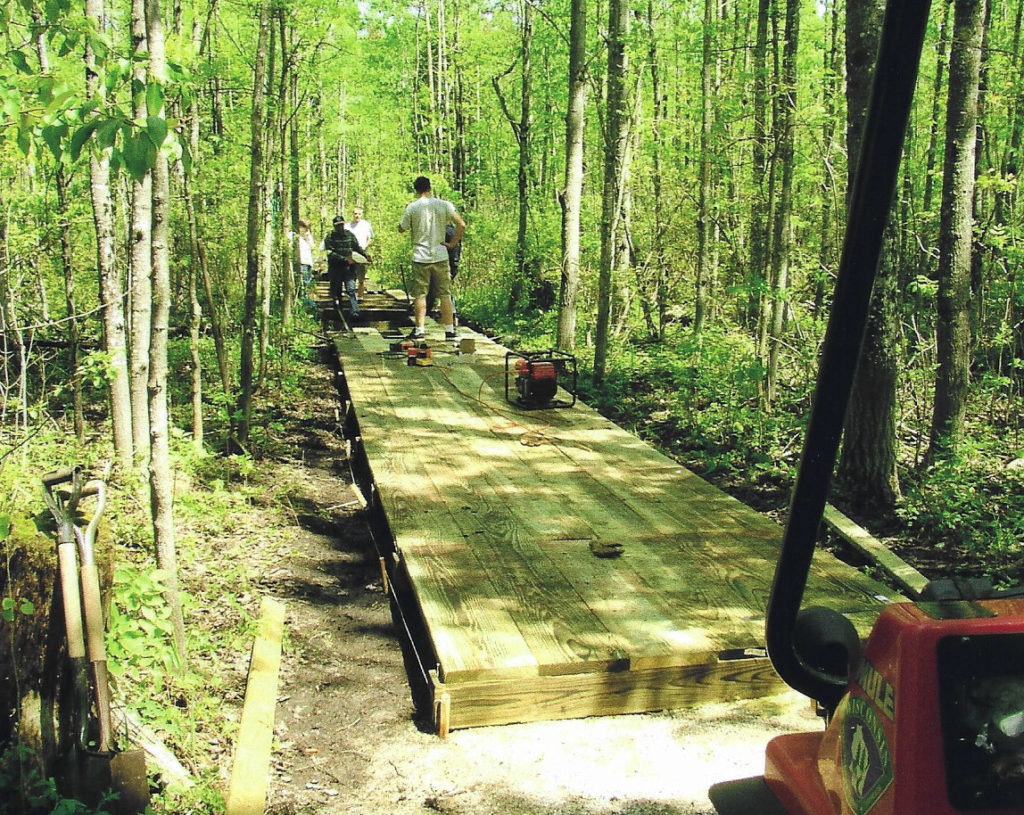
The extent of flooding today routinely goes beyond the 600 feet that the boardwalk covers. The materials used by the NWS were nearly 6000 board feet of treated decking and beams. That’s a lot of wood. We will need to remove the existing boardwalk; a reclaimed-wood lumber company may buy the old wood. Hopefully we can keep it out of a landfill. Our proposed elevated boardwalk today may need to go an additional 200-300 feet beyond the current boardwalk.
The DNR has reported an enormous increase in utilization of Wisconsin State Parks throughout this pandemic. Everyone recognizes the importance of getting outside and into nature. Vaccinations are certainly moving in the right direction. Hopefully the DNR will be able to lift some of the restrictions so volunteers can meet and work together.
The DNR has tentatively approved our plans and we are working with management on the logistics of how we accomplish the next phase of this project. Next month, I plan to talk about the design for the new elevated boardwalk.

